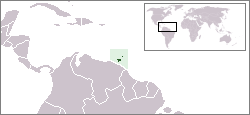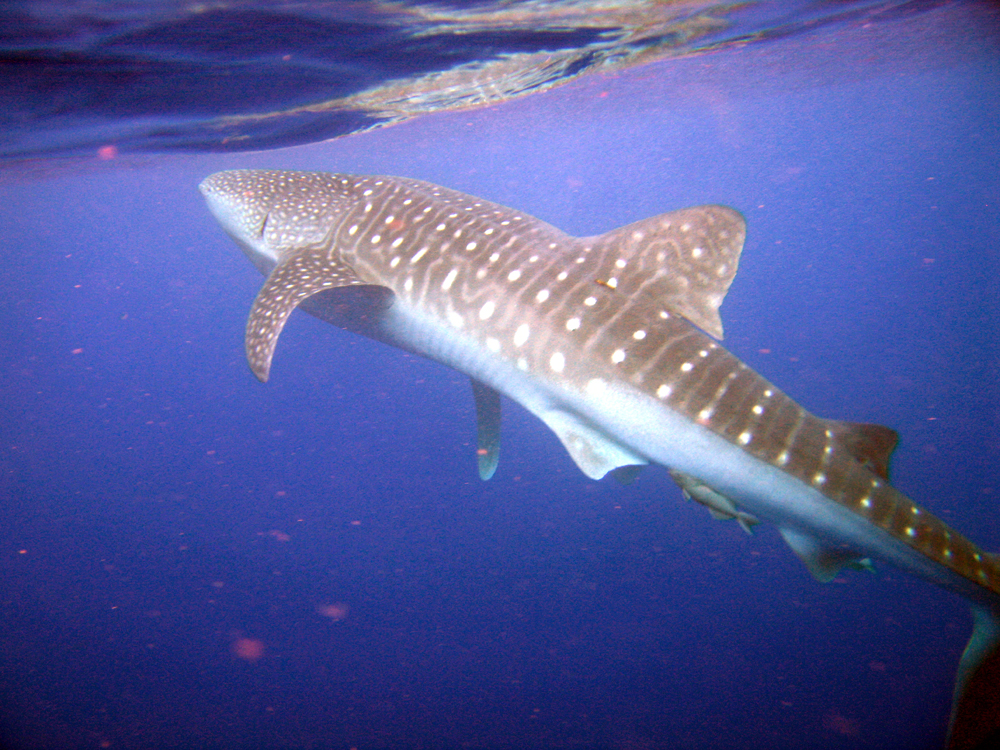|
Tillandsia Didistichoides
''Tillandsia didistichoides'', synonym ''Vriesea didistichoides'', is a species of flowering plant in the family Bromeliaceae, native to the Caribbean, south-east Mexico to Honduras, Colombia and Venezuela. It was first described by Carl Christian Mez Carl Christian Mez (26 March 1866 – 8 January 1944) was a German botanist and university professor. He is denoted by the author abbreviation when citing a botanical name. Life and work Mez came from a family of industrialists in Frei ... in 1896. References * didistichoides Flora of Colombia Flora of Cuba Flora of the Dominican Republic Flora of Haiti Flora of Honduras Flora of the Leeward Islands Flora of Southeastern Mexico Flora of Trinidad and Tobago Flora of Venezuela Flora of the Venezuelan Antilles Plants described in 1896 {{Tillandsia-stub ... [...More Info...] [...Related Items...] OR: [Wikipedia] [Google] [Baidu] |
Carl Christian Mez
Carl Christian Mez (26 March 1866 – 8 January 1944) was a German botanist and university professor. He is denoted by the author abbreviation when citing a botanical name. Life and work Mez came from a family of industrialists in Freiburg im Breisgau, Baden. He was a grandchild of the entrepreneur and politician Karl Christian Mez (1808–1877). As a high-school student he was interested in botany, and wrote a technical paper regarding a hybrid ''Inula''. In 1890, Mez married Therese (Thea) Jensen (1867–1937), the daughter of poet Wilhelm Jensen. They had 5 children together. Through their oldest daughter's marriage, they became parents-in-law to psychologist Narziß Ach. He first studied at the university in his hometown from 1883 to 1884, and then moved to Berlin for one semester before returning in 1886 to Freiburg. He wrote his thesis at Berlin, on the Lauraceae (the Laurel family), and received his Ph.D. from there. After completing his degree, Mez worked brie ... [...More Info...] [...Related Items...] OR: [Wikipedia] [Google] [Baidu] |
Tillandsia
''Tillandsia'' is a genus of around 650 species of evergreen, perennial plant, perennial flowering plants in the family (biology), family Bromeliaceae, native to the forests, mountains and deserts of the Neotropical realm, Neotropics, from northern Mexico and the southeastern United States to Mesoamerica and the Caribbean to central Argentina. Their leaves, more or less silvery in color, are covered with specialized cells (trichome, trichomes) capable of rapidly absorbing water that gathers on them. They are also commonly known as air plants because they obtain nutrients and water from the air, not needing soil for nourishment. They have a natural propensity to cling to whatever surfaces are readily available: telephone wires, tree branches, bark, bare rocks, etc. Their light seeds and a silky parachute facilitate their spread. Most ''Tillandsia'' species are epiphytes – which translates to 'upon a plant'. Some are aerophytes, which have a minimal root system and grow on shifti ... [...More Info...] [...Related Items...] OR: [Wikipedia] [Google] [Baidu] |
Flora Of Venezuela
The flora of Venezuela consists of a huge variety of unique plants; around 38% of the estimated 30,000 species of plants found in the country are endemic to Venezuela. Overall, around 48% of Venezuela's land is forested; this includes over 60% of the Venezuelan Amazon. These rainforests are increasingly endangered by mining and logging activities. Venezuela has a variety of biomes, including the Andes mountains in the west and the Amazon Basin rainforest in the south. Centrally located are the extensive Llanos lowland plains that host savannah forest. Also present is the Caribbean coast in the middle of the north, and the Orinoco River Delta in the east. They include xeric scrublands in the extreme northwest and coastal mangrove forests in the northeast. Its cloud forests and lowland rainforests are particularly rich, for example hosting over 25,000 species of orchids. These include the ''flor de mayo'' orchid (''Cattleya mossiae''), the national flower. Venezuela's national tr ... [...More Info...] [...Related Items...] OR: [Wikipedia] [Google] [Baidu] |
Flora Of Trinidad And Tobago
Trinidad and Tobago are continental islands with a geologically very recent history of direct land bridge connection to South America. As a result, unlike most of the Caribbean Islands, Trinidad and Tobago supports a primarily South American flora (plants), flora and fauna (animals), fauna and has greater diversity of plant and animal species than the Antilles. However, rates of endemic (ecology), endemism are lower than in the rest of the Caribbean because there has been less time for genetic isolation from mainland populations. Specifically, a land bridge to Venezuela existed fairly recently in Trinidad, allowing fewer opportunities for speciation than in Tobago, as well as a lot of overlap in biodiversity with the South American mainland. Trinidad is nearer to mainland South America and has been directly connected to the mainland via land bridges more often and for longer periods than Tobago. This, as well as Trinidad's larger size and more varied topography and hydrology comp ... [...More Info...] [...Related Items...] OR: [Wikipedia] [Google] [Baidu] |
Flora Of Southeastern Mexico
Flora (: floras or florae) is all the plant life present in a particular region or time, generally the naturally occurring ( indigenous) native plants. The corresponding term for animals is ''fauna'', and for fungi, it is '' funga''. Sometimes bacteria and fungi are also referred to as flora as in the terms ''gut flora'' or ''skin flora'' for purposes of specificity. Etymology The word "flora" comes from the Latin name of Flora, the goddess of plants, flowers, and fertility in Roman mythology. The technical term "flora" is then derived from a metonymy of this goddess at the end of the sixteenth century. It was first used in poetry to denote the natural vegetation of an area, but soon also assumed the meaning of a work cataloguing such vegetation. Moreover, "Flora" was used to refer to the flowers of an artificial garden in the seventeenth century. The distinction between vegetation (the general appearance of a community) and flora (the taxonomic composition of a community) wa ... [...More Info...] [...Related Items...] OR: [Wikipedia] [Google] [Baidu] |
Flora Of Honduras
The flora and fauna of Honduras reflects the country's geographical location inside the tropics. This has allowed for diverse species of plants and animals to be adapted, but some of them are now in danger of extinction. This has posed the Honduran government, offices and nature organizations to look after the protection of the local environment, like the creation of nature reserves. Flora The flora of Honduras is varied. Pluvioselva, classified a tropical rain forest, is one of its most impressive vegetal populations. Ecologists designated it "Hygrophilous Megatherm Type", for corresponding to regions of high humidity and constant high temperatures, with a single dominant species, like pines or firs, covering big areas. The eastern part of the country, '' La Mosquitia'', has many creeper and climbing plants, such as lianas. There is a great variety of epiphytes, most strikingly the orchids. Adapted to the humid environment, trees are enormous and do not possess deep roots, b ... [...More Info...] [...Related Items...] OR: [Wikipedia] [Google] [Baidu] |
Flora Of Haiti
The wildlife of Haiti is important to the country because of its biodiversity. According to the World Conservation Monitoring Centre, Haiti is considered to be "one of the most biologically significant countries of the West Indies". With an estimated 5,600 plant species on the island of Hispaniola, some of which only occur in Haiti, 36% are considered as endemic to the island. A mountainous area country, it is situated in the western three-eighths of Hispaniola and shares a border with the Dominican Republic. There are nine life zones, from low desert to high cloud forests, as well as four mountain ranges, and hundreds of rivers and streams and the coral reefs in the seas that surround the islands. Issues of environmental damage, expanding population, deforesting and erosion are of concern; less than 2% of the original forest remains on account of deforestation. This degradation is traced from the 17th century to 19th century starting with the French colonization of the Haiti and ... [...More Info...] [...Related Items...] OR: [Wikipedia] [Google] [Baidu] |
Flora Of The Dominican Republic
The flora of the Dominican Republic is diverse. Species * '' Abatia angeliana'' * ''Acalypha hispida'' * '' Acrocomia aculeata'' - '' Acrocomia'' * '' Acrocomia sclerocarpa'' - '' Cocos aculeatus'' * '' Acoelorraphe wrightii'' - '' Acoelorraphe'' * '' Agave americans var. franzosinii'' * '' Agave antillarum'' * '' Agave brevipetala'' * '' Agave brevispina'' * '' Agave intermixta'' * '' Agave sisalana'' * '' Aiphanes horrida'' * '' Aiphanes minima'' * '' Alchornea latifolia'' * '' Alsophila brooksii'' * '' Azara dentata'' * '' Alzatea verticillata'' * '' Akrosida floribunda'' * '' Amyris elemifera'' * '' Amyris elenifera'' * '' Anadenanthera peregrina'' * '' Andira inermis'' * ''Annona muricata'' * '' Annona reticulata'' * '' Annona squamosa'' * '' Antigonon leptopus'' * '' Ardisia escallonioides'' * '' Aralia elata'' * '' Aralia excelsa'' * '' Astrocaryum aculeatissimum'' * '' Astrocaryum mexicanum'' * '' Astrocaryum standleyanum'' * '' Attalea brasiliensis'' * '' Aulacomnium palust ... [...More Info...] [...Related Items...] OR: [Wikipedia] [Google] [Baidu] |
Flora Of Cuba
This is a list of vascular plants which includes trees and other herbs, vines, Vine, climbers, lianas, shrubs, subshrubs that are indigenous (ecology), native or Endemism, endemic to Cuba. It excludes plants Introduced species, introduced by humans, including invasive species. The list includes Cuban native plants identified by Plants of the World Online, unless otherwise noted.Endemic plants of Cuba World Checklist of Vascular Plants (WCVP) checklist builder. Royal Botanic Gardens, Kew. Retrieved 6 May 2025. This list is sorted in alphabetical order by plant family and then by Binomial nomenclature, binomial name. Endemic genera or species (native only to Cuba) are marked by *. Species believed extinct are indicated with †. Common names and native ranges are noted for some species. Acanthaceae |
Flora Of Colombia
The Flora of Colombia is characterized by over 32,000 species of green plants. National Flower of Colombia The national flower of Colombia is the orchid '' Cattleya trianae'' which was named after the Colombian naturalist José Jerónimo Triana. The orchid was selected by botanist Emilio Robledo, in representation of the Colombian Academy of History to determine the most representative flowering plant of Colombia. He described it as one of the most beautiful flowers in the world and selected ''Cattleya trianae'' as National symbol. National Tree of Colombia The national tree of Colombia is the palm '' Ceroxylon quindiuense'' (Quindío wax palm) which was named after the Colombian Department of Quindío where is located the Cocora valley, the only habitat of this restricted range species. The Quindío wax palm was selected as the national tree by the government of Belisario Betancur and was the first tree officially declared as a protected species in Colombia. ''C.quindi ... [...More Info...] [...Related Items...] OR: [Wikipedia] [Google] [Baidu] |
Royal Botanic Gardens, Kew
Royal Botanic Gardens, Kew is a non-departmental public body in the United Kingdom sponsored by the Department for Environment, Food and Rural Affairs. An internationally important botanical research and education institution, it employs 1,100 staff. Its board of trustees is chaired by Dame Amelia Fawcett. The organisation manages botanic gardens at Kew in Richmond upon Thames in south-west London, and at Wakehurst, a National Trust property in Sussex which is home to the internationally important Millennium Seed Bank, whose scientists work with partner organisations in more than 95 countries. Kew, jointly with the Forestry Commission, founded Bedgebury National Pinetum in Kent in 1923, specialising in growing conifers. In 1994, the Castle Howard Arboretum Trust, which runs the Yorkshire Arboretum, was formed as a partnership between Kew and the Castle Howard Estate. In 2019, the organisation had 2,316,699 public visitors at Kew, and 312,813 at Wakehurst. Its site ... [...More Info...] [...Related Items...] OR: [Wikipedia] [Google] [Baidu] |





